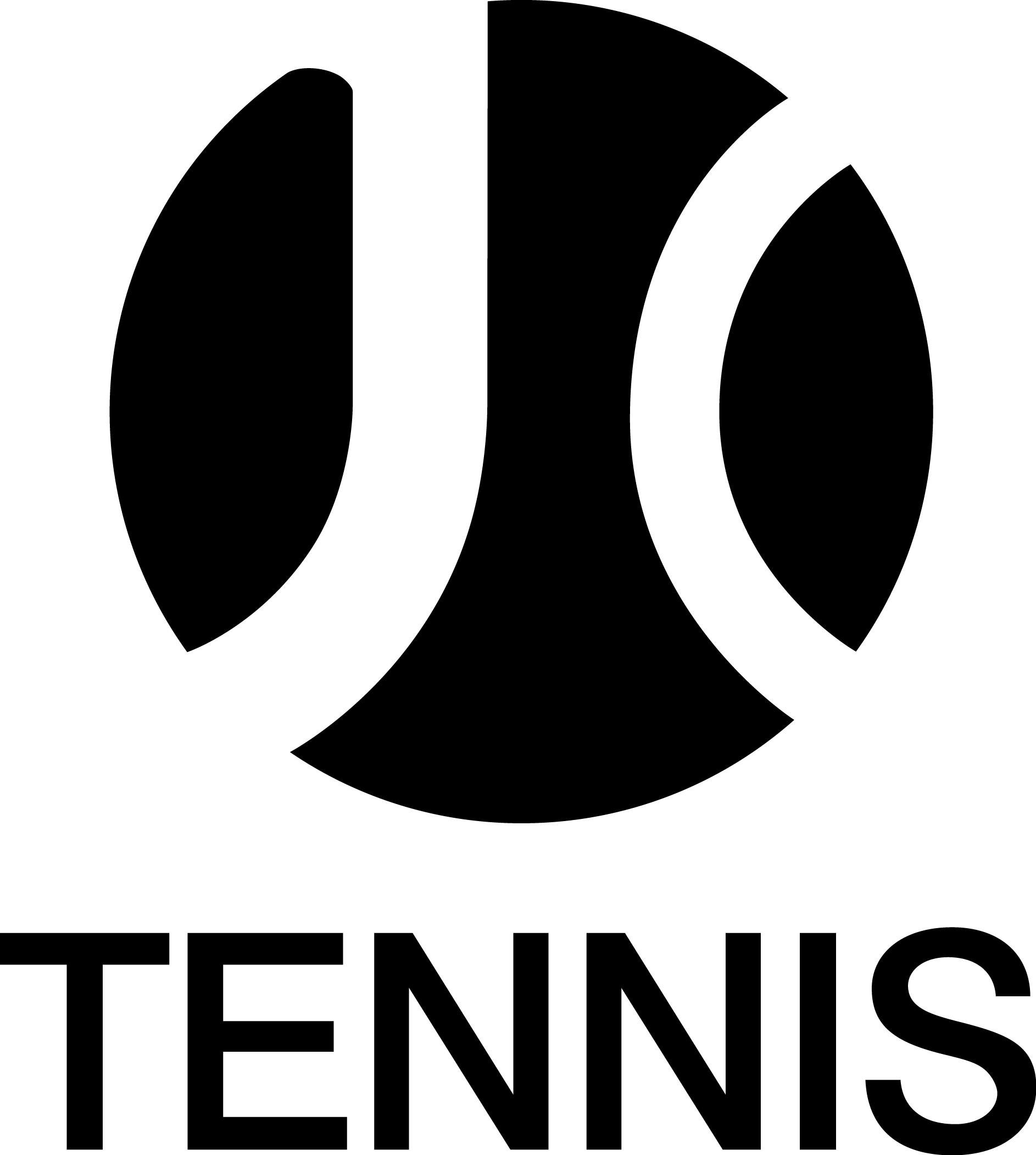String Theory Series: Post 2 - String Gauges, Tensions, Shape and Texture
In Post 1 of the String Theory Series, I talked about String Types. In Post 2, I want to talk about String Gauges, Tensions, Shape and Texture.
STRING GAUGES
The string gauge refers to the thickness of the string. Thinner strings tend to have more “playability”, spin potential and power, while the thicker strings will last longer. The full range of string gauges for tennis strings is from 15 gauge /1.35mm (thickest) to 18 gauge/1.20mm (thinnest). However, the majority of players will use something in the mid range; 16/1.30 or 17 gauge /1.25. Most players, even some performance players are unaware of the existence of different string gauges. Our advice is to choose a 16 or 17 gauge, as long as this does not expose the player to the inconvenience of over frequent string-breakage.
STRING TENSION
String tension refers to how tight each string is pulled by a stringing machine when a racket is being strung. In short, the higher the tension, the more control and feel; the lower the tension, the more power. Most tennis racket manufacturers will recommend a tension of somewhere between 47lbs and 62lbs (22kgs and 27kgs) From our experience, most players are happy to strike a balance between the power/control trade off and string their rackets in the 50-55 lbs range.
String tension is very much down to personal choice and some trial and error may be required before you settle on a tension you are happy with. However, the following should be considered when making that choice. If you are suffering from or trying to prevent an arm injury, it is advisable to string your racket on the looser side, somewhere in the region of 48/50lbs or 22kgs. If you are switching to a polyester in the full string bed, then it may be worth dropping the tension somewhat (approx. 10%). This will help to create a slightly looser and more forgiving feel. Advanced players can benefit from stringing their rackets on the tighter side and beginner/intermediate players will often benefit from a lower tension. Despite these general guidelines, there are no golden rules - at JC Tennis, we have strung rackets for professionals as low as 34lbs and as high as 70lbs!
STRING SHAPE AND TEXTURE
In terms of tennis strings, one of the biggest technological innovations in recent years has been the development of shaped and textured strings. Traditional tennis strings have a relatively smooth finish and when cross-sectioned, are circular in shape. However, the leading manufacturers have realised that strings moulded into different shapes, and strings that are textured with groves and indentations, can generate more spin. The point of all this is to enable the player to control the ball more efficiently by imparting greater spin on the ball. Essentially, shaped and textured strings will provide more friction and “bite” the ball more than standard strings. These strings definitely help with spin, but, one should not forget that the most important factor when it comes to generating spin, is proper technique!
Recommended in this category: Solinco Hyper G, Babolat RPM Blast Rough, Luxilon Big Banger Rough, Yonex Poly Tour Spin.
HYBRID SET-UP
A hybrid set up is where a different string type is used in the mains string and the crosses. There a a number of reasons why players elect to use such a set up. Firstly, because the mains string is more susceptible to breakage than the crosses, certain players will use a polyester in the mains to increase durability, and keep a natural gut, multi and synthetic gut in the crosses to maintain a measure of comfort and feel. Secondly, some players find that a full string bed of a soft string can prove too “spongy” or even too powerful; therefore, a poly in the mains or crosses can compensate for this and can strike the requisite balance. Thirdly, because polys can help create more spin and control, and the “soft” strings generally provide more power, a hybrid setup therefore gives the player something of the “best of both worlds”.
STRINGING MACHINES
The three types of stringing machines are: drop weight, manual (also referred to as spring, crank or lockout) and electronic. Drop weight machines are the most basic and will produce poor tension accuracy. Manual machines are a grade above drop weight machines and offer a slightly better degree of tension accuracy. Electronic stringing machines are by far the best machines on the market. They are produced in two versions: lockout and constant pull. Constant pull stringing machines are the superior of the two because they will use a computer directed motor or microprocessor to monitor the tension of the strings throughout the stringing process and will make any adjustments necessary. Higher grade machines will often have a 6 point mounting system which protects the racket frame against deformation. At JC Tennis we use Prince 7000 stringing machines - they are a high end constant pull electronic machines with a six point mounting system and are used at numerous professional events around the world.
-James

